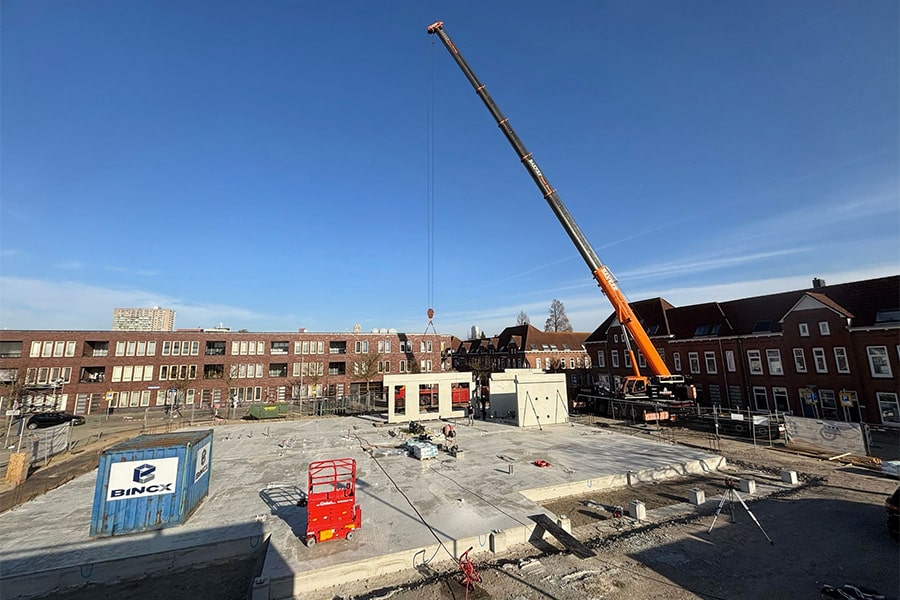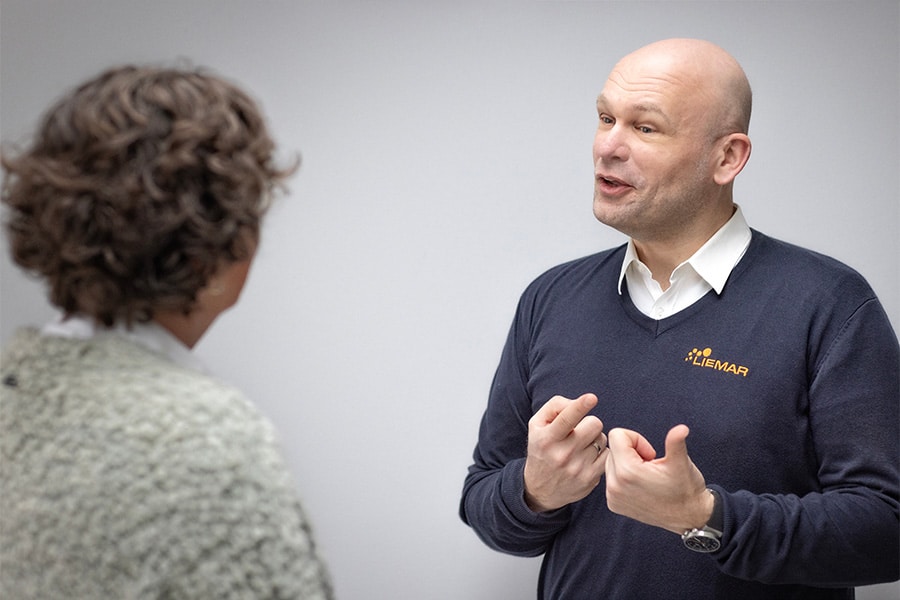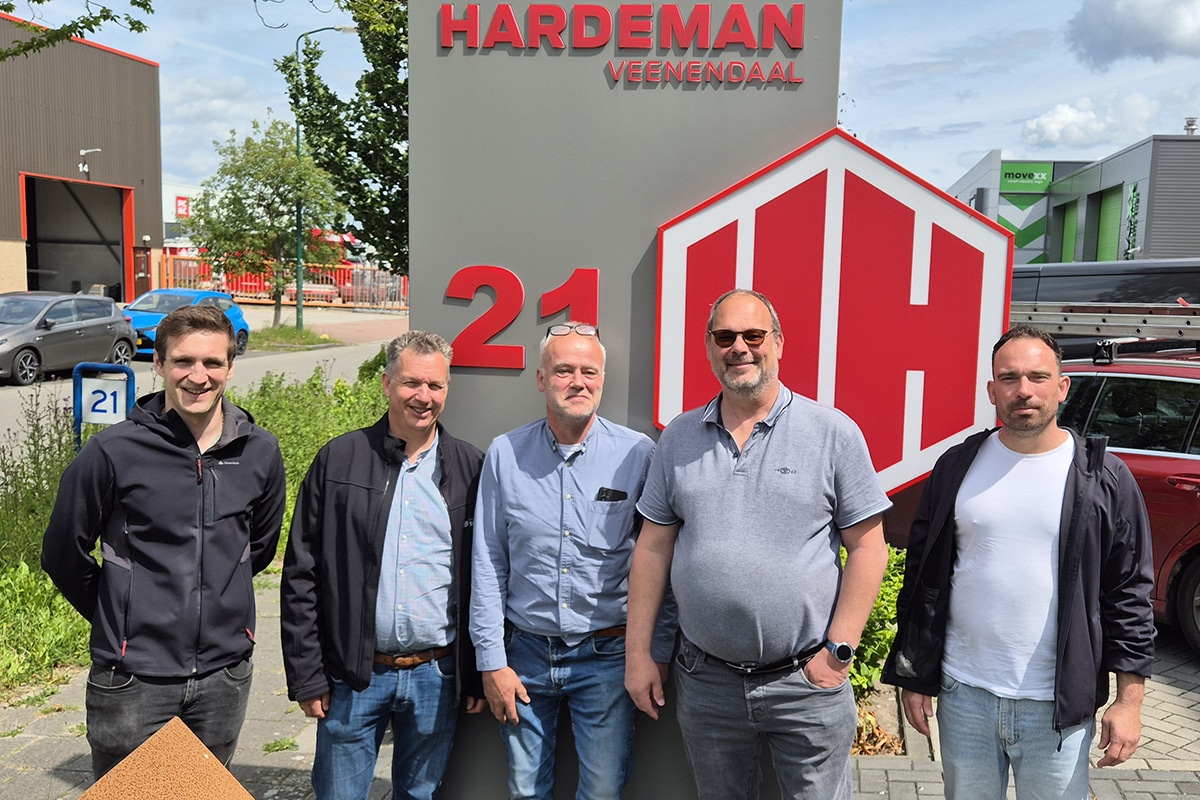
The most perfect and durable concrete mix
The development of the most perfect and sustainable concrete mixture for monolithic floors: that is what concrete technologists at Van Berlo, experts in foundations and commercial floors, work hard on every day. They do so in their own concrete laboratory, in close cooperation with the Technical University of Eindhoven. That happens under the leadership of 30-year-old Nick Vervoort, "concrete crazy" and head of R&D at the family business from Veghel. ,,We want to get even more grip on concrete.''
Anyone who regularly drives down the highway cannot have failed to notice: the rise of mega-sized distribution centers. Whereas a DC with a floor area of 10,000 square meters was the standard ten or twenty years ago, anno 2021 100,000 square meters or more is not unusual. Chances are that the foundation and monolith floor will be Van Berlo's: in the field of industrial floors, the company - with about 200 employees - is the market leader in the Benelux.
The bar is high
Not only has the size of distribution centers increased significantly: the bar is also higher than before in terms of functional requirements and performance. Moreover, sustainability plays an increasingly important role. Requirements in areas such as flatness, cracking, durability and maintenance have all increased, says Vervoort. ,,The better the floor, the faster the forklifts can drive or certain robots can do their work. If you can speed up the logistics process with that, you can compete with the rest even better as a company.''
Sustainability
In the area of sustainability, Van Berlo would like to make great strides in the near future. Vervoort: ,,Our advantage is that we are a large company with clout. We have our own engineering department, with constructors and draughtsmen. The big challenge is to make a floor that is not only strong, but also thin. And thin is sustainable, because for a thin floor you naturally need fewer raw materials.''
In the concrete mixtures, Van Berlo tries to use less cement, especially Portland cement. Vervoort: ,,The CO2 emissions in making Portland cement are high. We try to use as little of this mother cement as possible. In fact, there are alternatives, such as blast furnace cement or, in the meantime, other cement substitutes. We are also doing research with recycled and circular concrete.''
Developing knowledge even further
Van Berlo also wants to be less dependent on the concrete mortar industry in the near future. Vervoort: ,,The concrete industry serves a broad market with legion of concrete applications: industrial floors, but also residential construction and infrastructure. We work with different concrete plants in the Netherlands, Belgium and Germany and are therefore dependent on the raw materials available at that time. In order to be less dependent on this, it is necessary for us to further develop and deploy our specific knowledge about monolithic floors. We do this in close cooperation with Eindhoven University of Technology. We determine the desired concrete recipe and then ask for it in the market. But that does not mean that concrete plants no longer have to contribute knowledge. On the contrary, they actually have other specific knowledge in house that is important for realizing a good end product. ''
Vervoort says a newly developed concrete mix from his own lab will soon be applied somewhere. It still sounds a bit mysterious, but it involves a monolithic floor of a few thousand square meters. ,,All our knowledge and experience is in that mixture, now it's time to test our innovations in practice. We have already done a few pilots, but this mixture is even better. It might just be that we can then apply it on a large scale.''



